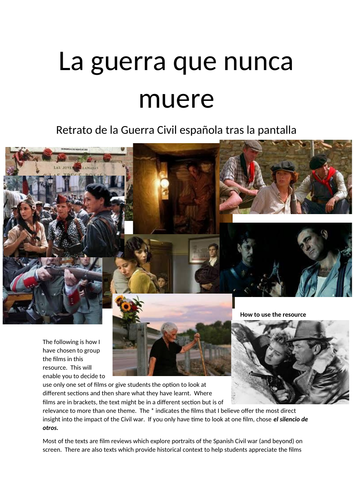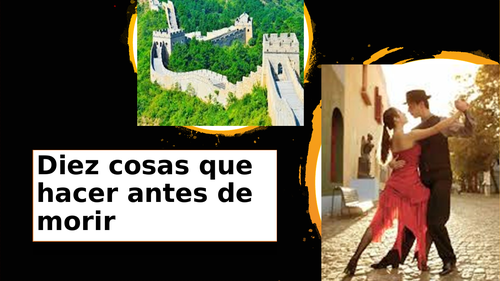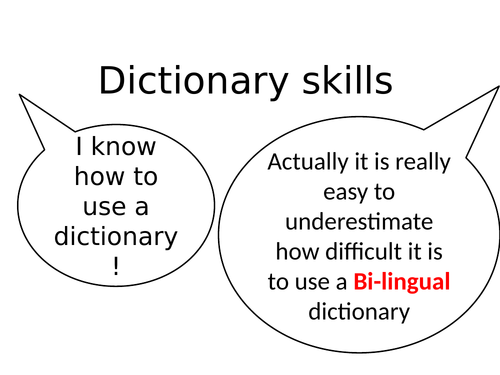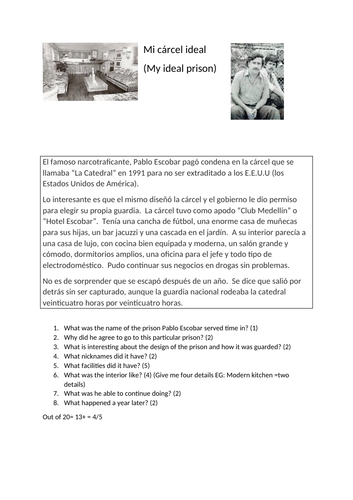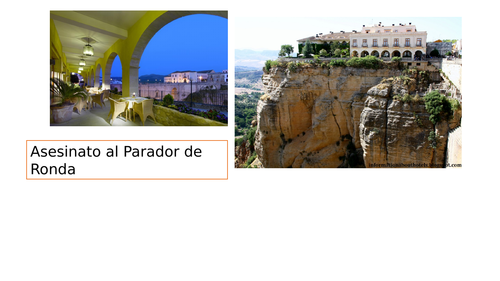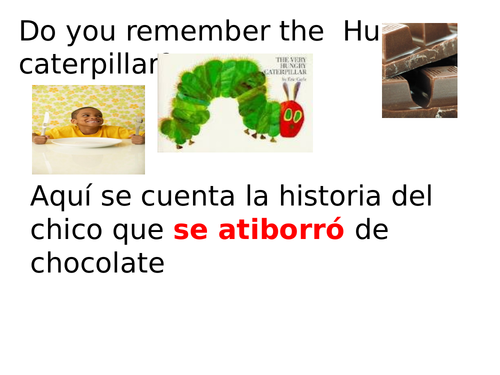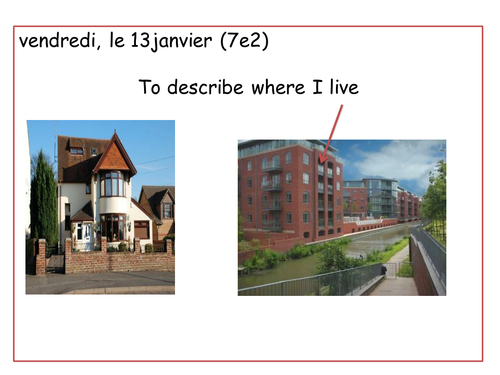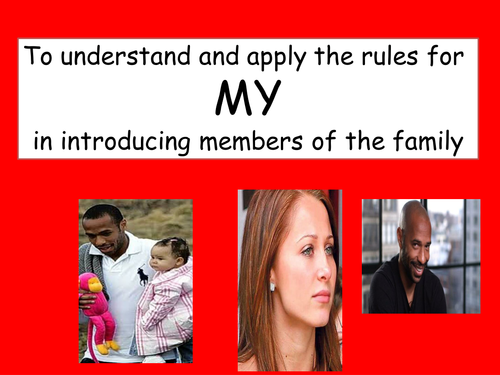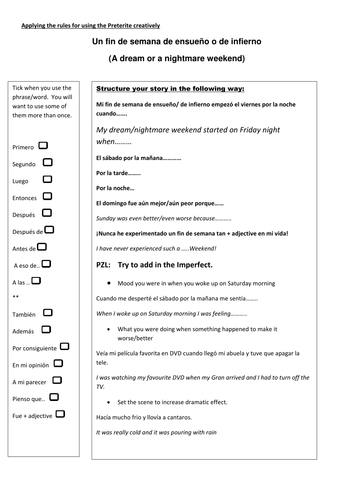Imogenshaw's Shop
Twenty years as Spanish and French teacher, specialist in Latin American culture, particularly film and Literature. My resources are very creative and students find themselves developing curiosity about the culture as well as being challenged to take risks with the language. They are engaging for the teacher too and they will inject some fun in to your lessons if like me you like to be creative and encourage your students not to play it safe. They do link to assessment requirements too.



